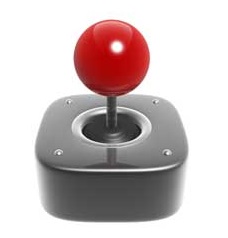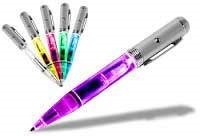Character and mark recognition devices are scanners that
are able to recognize special characters and marks. Essentially used
for certain applications.
 Types
Types
MICR (Magnetic Ink Character Recognition):
- Used by banks to read numbers written on cheque.
- Special purpose machine reads character made of ink containing magnetized particles.
OCR (Optical Character recognition):
- Special preprinted characters that can be read by light source and changed into machine readable form.
- Used in department stores to read retail price tags by reflecting light.

OMR (Optical Mark Recognition):
- An OMR device senses the presence or absence of a mark such as pencil mark.
- Used to calculate or store multiple choice tests.





